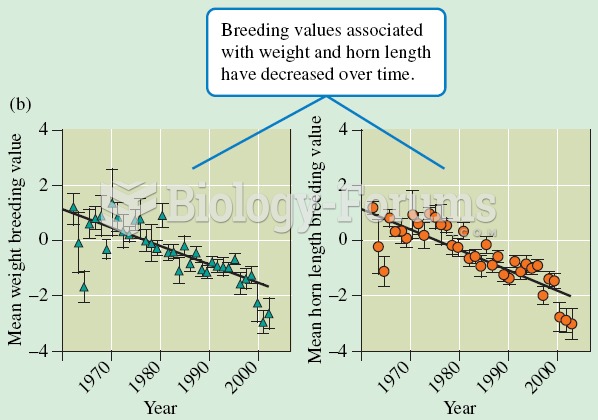R.M. tells you that he knows that exercise will help him to lose weight, which is good, but he does not understand how exercise helps his cholesterol levels.
How do you answer him?
Question 2
The wife of C.W., a 70-year-old man, brought him to the emergency department (ED) at 0430. She told the ED triage nurse that he had had diarrhea for the past 3 days and that last night he had a lot of dark red diarrhea.
When he became very dizzy, disoriented, and weak this morning, she decided to bring him to
the hospital. C.W.'s vital signs (VS) in the ED were 70/ (systolic blood pressure SBP 70 mm Hg, diastolic
blood pressure DBP inaudible), pulse rate 110 beats/min, 22 breaths/min, oral temperature 99.1 F (37.3
C). A 16-gauge IV catheter was inserted and a lactated Ringer's (LR) infusion was started. The triage nurse
obtained the following history from the patient and his wife. C.W. has had idiopathic dilated cardiomyopathy
for several years. The onset was insidious, but the cardiomyopathy is now severe, as evidenced by an
ejection fraction of 13 found during a recent cardiac catheterization. He experiences frequent problems
with heart failure (HF) because of the cardiomyopathy. Two years ago, he had a cardiac arrest that was
attributed to hypokalemia. He has a long history of hypertension and arthritis. He had atrial fibrillation in
the past but it has been under control recently. Fifteen years ago he had a peptic ulcer.
Endoscopy showed a 25- 15-mm duodenal ulcer with adherent clot. The ulcer was cauterized and
C.W. was admitted to the medical intensive care unit (MICU) for treatment of his volume deficit. You are his
admitting nurse. As you are making him comfortable, Mrs. W. gives you a paper sack filled with the bottles
of medications he has been taking: enalapril (Vasotec) 5 mg PO bid, warfarin (Coumadin) 5 mg/day PO,
digoxin (Lanoxin) 0.125 mg/day PO, potassium chloride 20 mEq PO bid, and diclofenac (Voltaren) 50 mg
PO tid. As you connect him to the cardiac monitor, you note he is in sinus tachycardia. Doing a quick
assessment, you find a pale man who is sleepy but arousable and slightly disoriented. He states he is still
dizzy. His BP is 98/52, pulse is 118, and respiratory rate 26. You hear S3 and S4 heart sounds and a grade II/
VI systolic murmur. Peripheral pulses are all 2+, and trace pedal edema is present. Lungs are clear. Bowel
sounds are present, midepigastric tenderness is noted, and the liver margin is 4 cm below the costal margin.
A Swan-Ganz pulmonary artery catheter and a peripheral arterial line are inserted.
What may have precipitated C.W.'s gastrointestinal (GI) bleeding?







